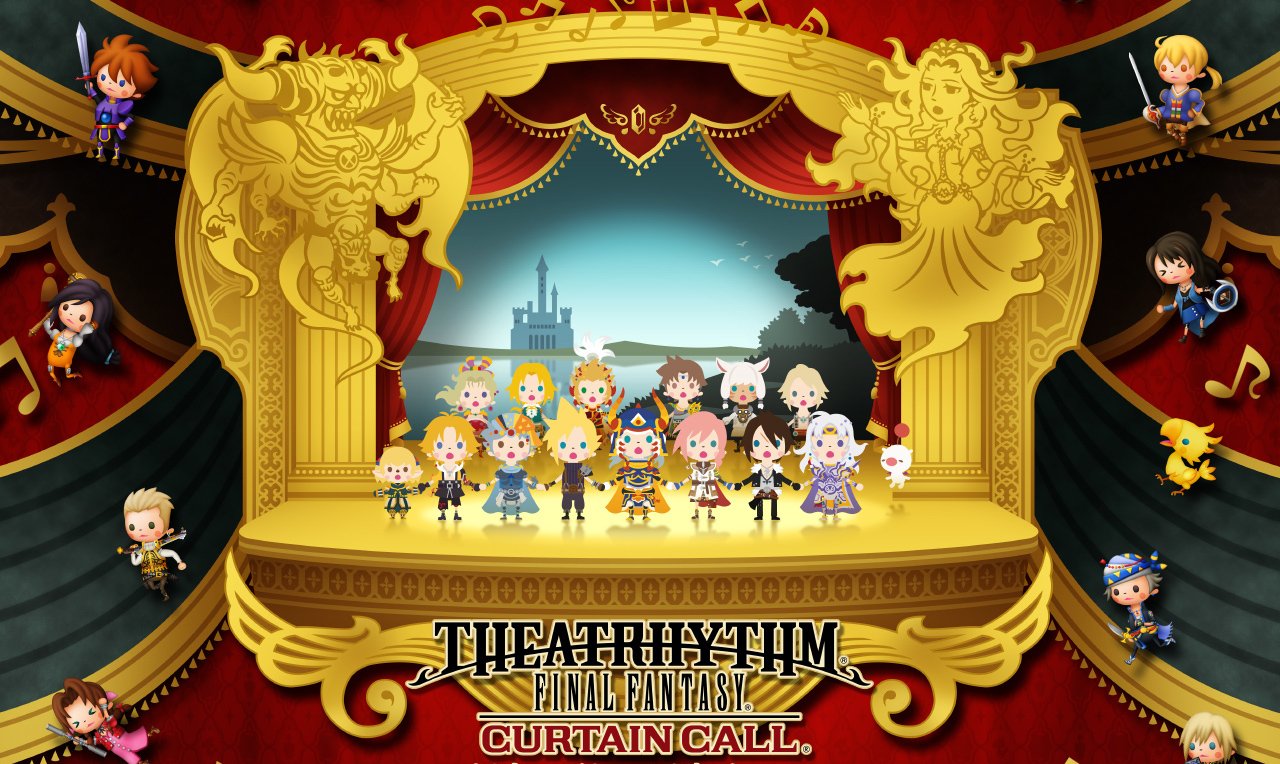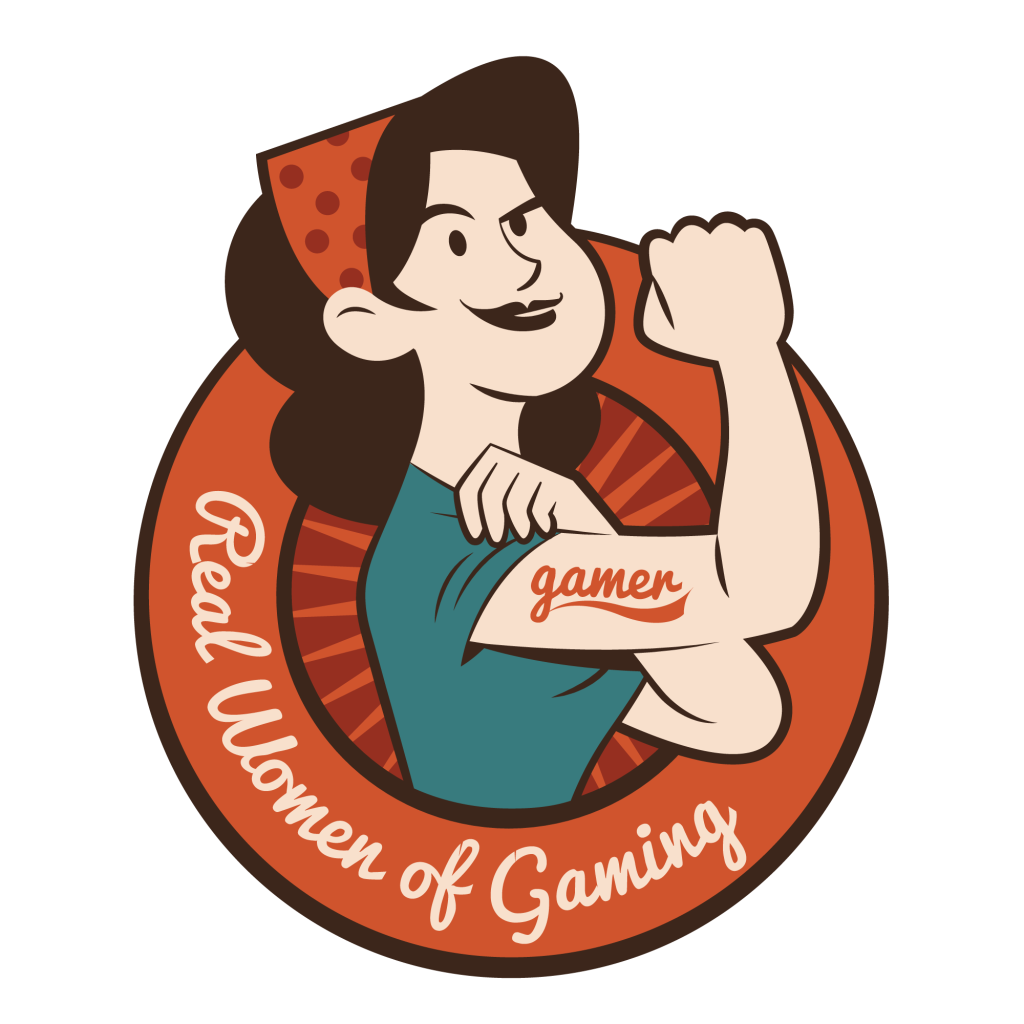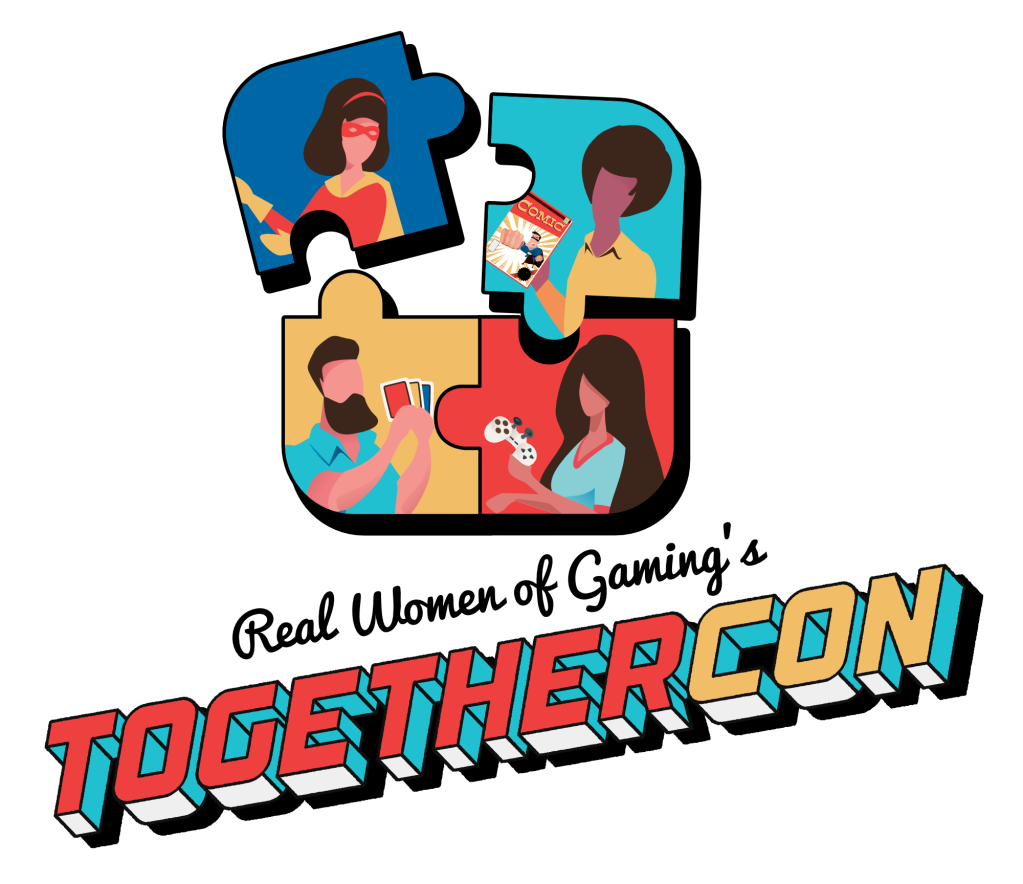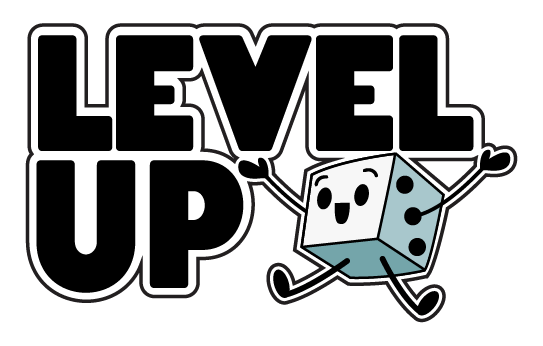
Written by Iris the Keyblade Master
The Theatrhythm Final Fantasy games celebrate one of the best aspects of the series: the music. Both rhythm games are available for the Nintendo 3DS. Although if you’re interested in giving Theatrhythm a try, don’t waste your money purchasing both of them. The sequel, Curtain Call, has all of the same songs and lots more.
I debated with myself about whether to get the original Theatrhythm when it was first released on the Nintendo 3DS. Having gotten booed out of levels of Guitar Hero and Dance Dance Revolution, and surviving the infamous Little Mermaid sidequest in Kingdom Hearts 2…my experiences with rhythm games weren’t very good ones. But someone at GameStop encouraged me to give it a try, and that’s how I ended up losing countless hours of my life to this game. I have no regrets.
The gameplay’s divided into three types of stages: Field, Battle, and Event. Field songs consist of tracks like “Terra’s Theme” from Final Fantasy VI, the main theme from VII, and “A Place to Call Home” from IX. An adorable chibi Final Fantasy character of your choosing strolls along a path to the music, while you try to hit as many notes correctly as possible. Although the notes can come across the screen quickly, depending on the song and the difficulty level, Field Stages are generally slower in pace than their Battle counterparts.
In Battle, you create a party of four chibi characters who fight different monsters and villains who have appeared throughout the Final Fantasy series. When you hit the right notes, their attacks are successful. If you miss a note, they lose health. (This actually applies to the Field and Event stages too, except you’re not attacking anything. You’re just trying to keep the character’s health bar full.) The songs you can choose from include the always classic “One-Winged Angel,” as well as “Dancing Mad,” “The Man With the Machine Gun,” and “Battle on the Big Bridge.”
Last, but not least, we have the Event stages. These stages were more prevalent in the original game, because every entry from the series had one. In Curtain Call, all of the songs that originally appeared as Event stages got turned into Field or Battle stages instead. It’s a shame, because even if they’re difficult to play, they’re beautiful to watch. Instead of battling enemies or walking through a field, you watch a video that highlights the most memorable moments from the featured Final Fantasy game. The selected songs are popular themes from the game that people tend to think about when they think of that particular entry, i.e. “Sutaki da ne,” “Aerith’s Theme,” and “Answers” from Final Fantasy XIV. The best, by far, appears in Curtain Call. It’s a gorgeous medley of Final Fantasy themes played over highlights from the entire franchise. If you’re a fan of any Final Fantasy games, I dare you not to cry while watching it.
It’s worth mentioning that the way you progress through the game changed in a few significant ways from the first Theatrhythm to Curtain Call. In the original game, you could select any of the main musical stages for each of the games featured in Theatrhythm, from the original Final Fantasy to XIII. However, once you committed yourself to one of the entries, i.e. Final Fantasy IX, you had to play through all three musical stages before being allowed to go back and play whichever one you wanted.
In Curtain Call, you begin by creating a party of different Final Fantasy characters. Who you select determines which stages initially get unlocked. So, for example, if I created a party of Cloud, Squall, Terra, and Lightning, I would only be able to play songs from the games that they came from: VII, VIII, VI, and XIII. After successfully completing a few stages, the entire library of music gets unlocked.
As far as game progression goes, I prefer Curtain Call. It’s a lot easier to unlock extra characters than before. Both games allow you to choose between thirteen characters that represented the main games in the series at the time, and as your characters level up and collect “Rhythmia,” you can earn special “shards” that eventually let you unlock another character. I spent a lot of time playing Theatrhythm before Curtain Call came out, yet I never managed to unlock a single character. It takes a long time to receive a gem as a reward, and even then, you have to get shards of a certain color in a row in order to unlock a particular character. In Curtain Call, I’ve unlocked dozens of them. The game gives you more opportunities to earn shards, and you get to pick which characters you want to unlock. Boy, was I relieved when I realized that I wouldn’t have to go through the entire experience of Curtain Call without unlocking Zack Fair.
In addition to the regular music stages, Curtain Call has two other forms of gameplay: Quest Medleys and Versus Mode. Versus Mode is exactly what it sounds like: you can play online against your friends using Battle songs. Whoever hits the most notes and gets the highest score wins. To make it more of a challenge, you can use special attacks that temporarily handicap your friends, i.e. speeding up the pace of the notes or making them hidden until just before you’re supposed to tap them. I’ve played it several times with one of my friends and we always have fun with it. The only downside is that it can only be played with Battle songs, not Field or Events.
Quest Medleys take you through a series of songs at different difficulty levels, and by completing them; you can earn shards to unlock new characters. The difference here is that you can’t pick the songs yourself or choose the difficulty level- you’re at the mercy of the game. If you lose one of the stages, you fail the whole quest. Since they can take some time to complete, the game gives you the useful option of pausing the quest at any time to return to it later.
The Theatrhythm games were cool for me on a personal level because, as I mentioned previously, I didn’t have much to do with rhythm games before. But after playing Theatrhythm, I quickly grew more comfortable with them. I’m guessing this is because I listen to Final Fantasy music more often, as opposed to some of the rock songs in Guitar Hero. I’ve listened to “One-Winged Angel” so many times that I automatically anticipate the moments when the song picks up and I’ll need to tap the 3DS more rapidly.
Curtain Call has good replay value too. Every day, five songs are selected at random and you’ll earn extra Rhythmia for completing them. I’ve found myself going through phases where I switched on my 3DS every day just to play those daily songs. That, and it’s just fun to listen to all of these classic songs over and over again.
Oh, and there’s a plot. The Final Fantasy characters have to gather together to collect Rhythmia so they can defeat the god Chaos. That’s why they’re playing music. It barely factors into the game at all. There’s no dialogue between the characters or anything. It’s just there as an explanation for why you’re playing.
It supposedly made Nobuo Uematsu cry, so if you like Final Fantasy– or you love any kind of good instrumental music- definitely check out Theatrhythm Final Fantasy: Curtain Call.




Leave a comment